Removing 3 bradford pears need ideas for alternatives. Pictures
othertime
12 years ago
Related Stories

GARDENING GUIDESGarden-Friendly Native Alternatives to Overplanted Exotics
There are lots of gorgeous, wildlife-friendly native plants ready to make an appearance in your garden
Full Story
DECORATING GUIDESBean There, Done That: Coffee Table Alternatives
Get creative with these ideas for salvaged and DIY pieces that will get people talking
Full Story
FLOORS6 Alternative Flooring Ideas to Kick Up Your Style
Rubber, cork, concrete and other materials are worthy options in lieu of hardwood or tile
Full Story
MOST POPULARMeet a Lawn Alternative That Works Wonders
Carex can replace turfgrass in any spot, is low maintenance and adjusts easily. Add its good looks and you’ve got a ground cover winner
Full Story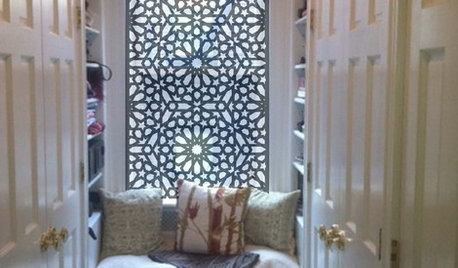
PATTERN12 Great Decorative Alternatives to Curtains
Filter light and views while drawing the eye by dressing windows in specialty glass, artistic screens or snazzy shades
Full Story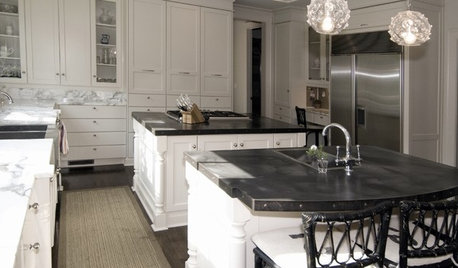
KITCHEN COUNTERTOPSKitchen Countertop Materials: 5 More Great Alternatives to Granite
Get a delightfully different look for your kitchen counters with lesser-known materials for a wide range of budgets
Full Story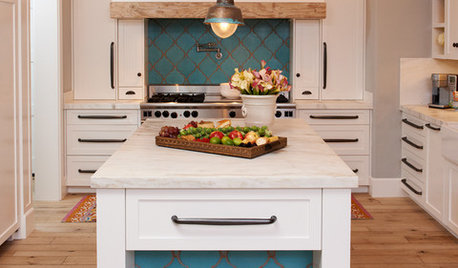
KITCHEN DESIGN10 Gorgeous Backsplash Alternatives to Subway Tile
Artistic installations, back-painted glass and pivoting windows prove there are backsplash possibilities beyond the platform
Full Story
LANDSCAPE DESIGN7 Low-Maintenance Lawn Alternatives
Turf isn't the only ground cover in town. Get a lush no-grass lawn with clover, moss and other easy-care plants
Full StoryMore Discussions






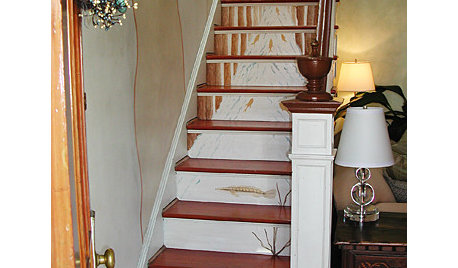
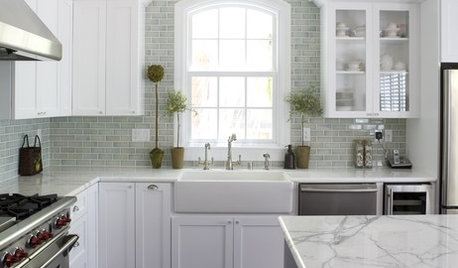
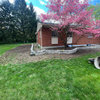
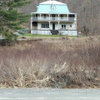



karinl
othertimeOriginal Author
Related Professionals
Essex Landscape Architects & Landscape Designers · Otsego Landscape Architects & Landscape Designers · South Elgin Landscape Architects & Landscape Designers · Columbine Landscape Contractors · Danvers Landscape Contractors · Northbridge Landscape Contractors · Tuscaloosa Landscape Contractors · Tustin Landscape Contractors · Hawaiian Gardens Landscape Contractors · Baileys Crossroads Landscape Contractors · Vadnais Heights Landscape Contractors · Dorchester Center Decks, Patios & Outdoor Enclosures · Boone Decks, Patios & Outdoor Enclosures · Truckee Decks, Patios & Outdoor Enclosures · San Antonio Swimming Pool Builderskarinl
Yardviser
inkognito
karinl
inkognito
othertimeOriginal Author
karinl
mjsee
Yardviser
missingtheobvious